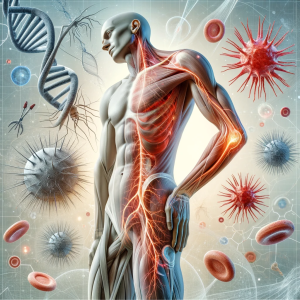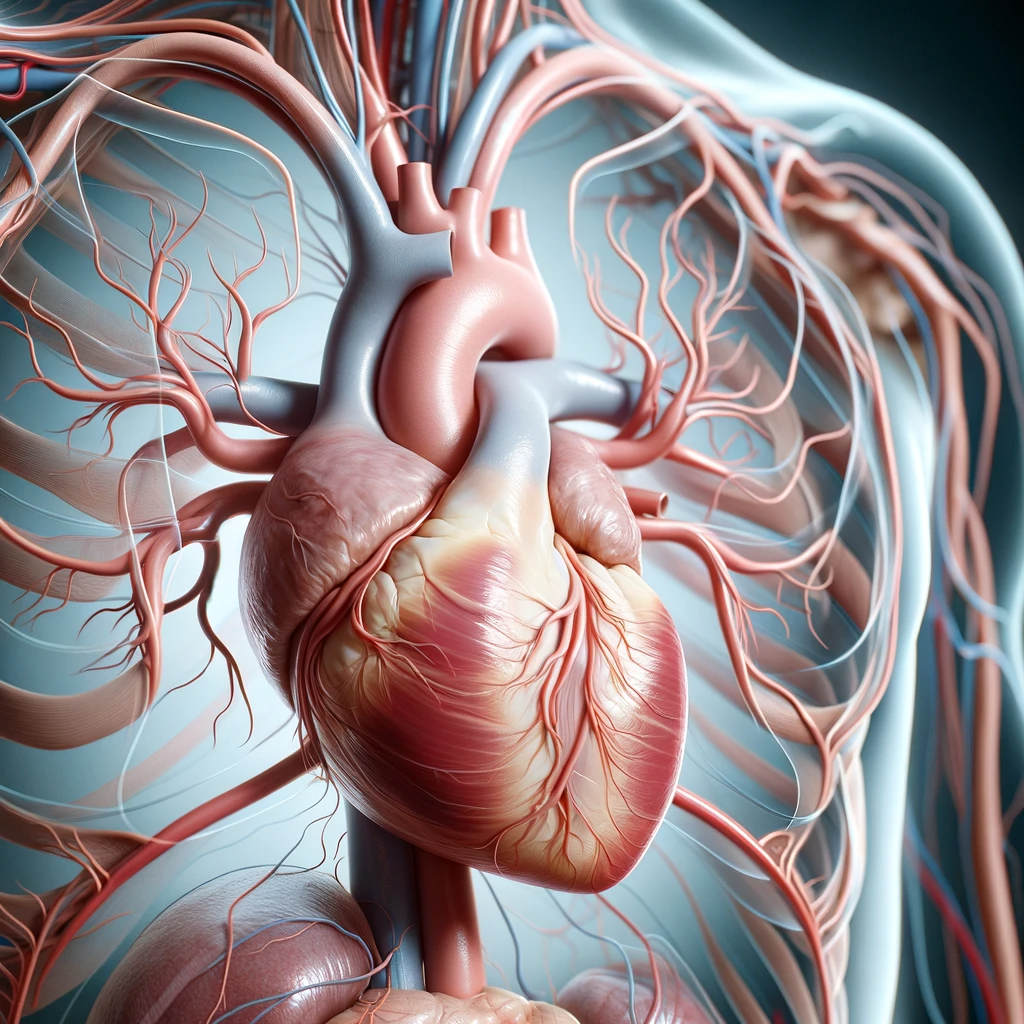Introduction
Stiff Person Syndrome (SPS) is a rare and debilitating neurological disorder characterized by fluctuating muscle rigidity and spasms. First described in the mid-20th century, SPS remains a poorly understood condition with complex pathophysiological underpinnings. This article aims to delve into the nuances of SPS, discussing its clinical presentation, etiological theories, diagnostic approaches, and current treatment options.
Clinical Presentation
SPS predominantly manifests as progressive muscle stiffness and painful spasms, primarily affecting the axial muscles (trunk and abdomen). These symptoms can lead to severe muscle rigidity, rendering movement difficult. Patients often experience heightened sensitivity to external stimuli, such as noise or touch, which can trigger spasmodic attacks. The unpredictable and episodic nature of these spasms severely impacts patients’ quality of life, leading to anxiety and a fear of leaving safe environments.
Etiology and Pathogenesis
The etiology of SPS is believed to be autoimmune in nature. Antibodies against glutamic acid decarboxylase (GAD), an enzyme involved in GABA (gamma-aminobutyric acid) synthesis, are commonly found in patients with SPS. This autoimmune response leads to a decrease in GABA, a key inhibitory neurotransmitter in the central nervous system, contributing to muscle stiffness and spasms. However, the precise mechanisms and triggers of this autoimmune response remain a subject of ongoing research.
Diagnosis
Diagnosing SPS is challenging due to its rarity and the absence of specific diagnostic tests. The diagnosis is primarily clinical, based on symptomatology and the exclusion of other disorders. Electromyography (EMG) can reveal continuous motor unit activity in stiff muscles. The presence of anti-GAD antibodies can be supportive, but their absence does not rule out the diagnosis. Advanced imaging techniques and a thorough neurological examination are essential to exclude other mimicking conditions.
Treatment and Management
Management of SPS is primarily symptomatic and includes the use of muscle relaxants, such as baclofen, and benzodiazepines, which enhance GABAergic transmission. Immunotherapies, including steroids, plasmapheresis, and intravenous immunoglobulin (IVIG), have shown benefit in some cases. Physical therapy and rehabilitation play a crucial role in maintaining mobility and reducing the risk of complications like contractures.
Conclusion
Stiff Person Syndrome represents a significant challenge in neurology, both in terms of diagnosis and management. Its rarity and the severity of symptoms necessitate a high index of suspicion and a multidisciplinary approach to care. Ongoing research into the pathophysiology and potential therapeutic targets is critical to improving outcomes for patients with this debilitating disorder. As our understanding of SPS and its treatment evolves, there is hope for better management strategies and improved quality of life for those affected.








